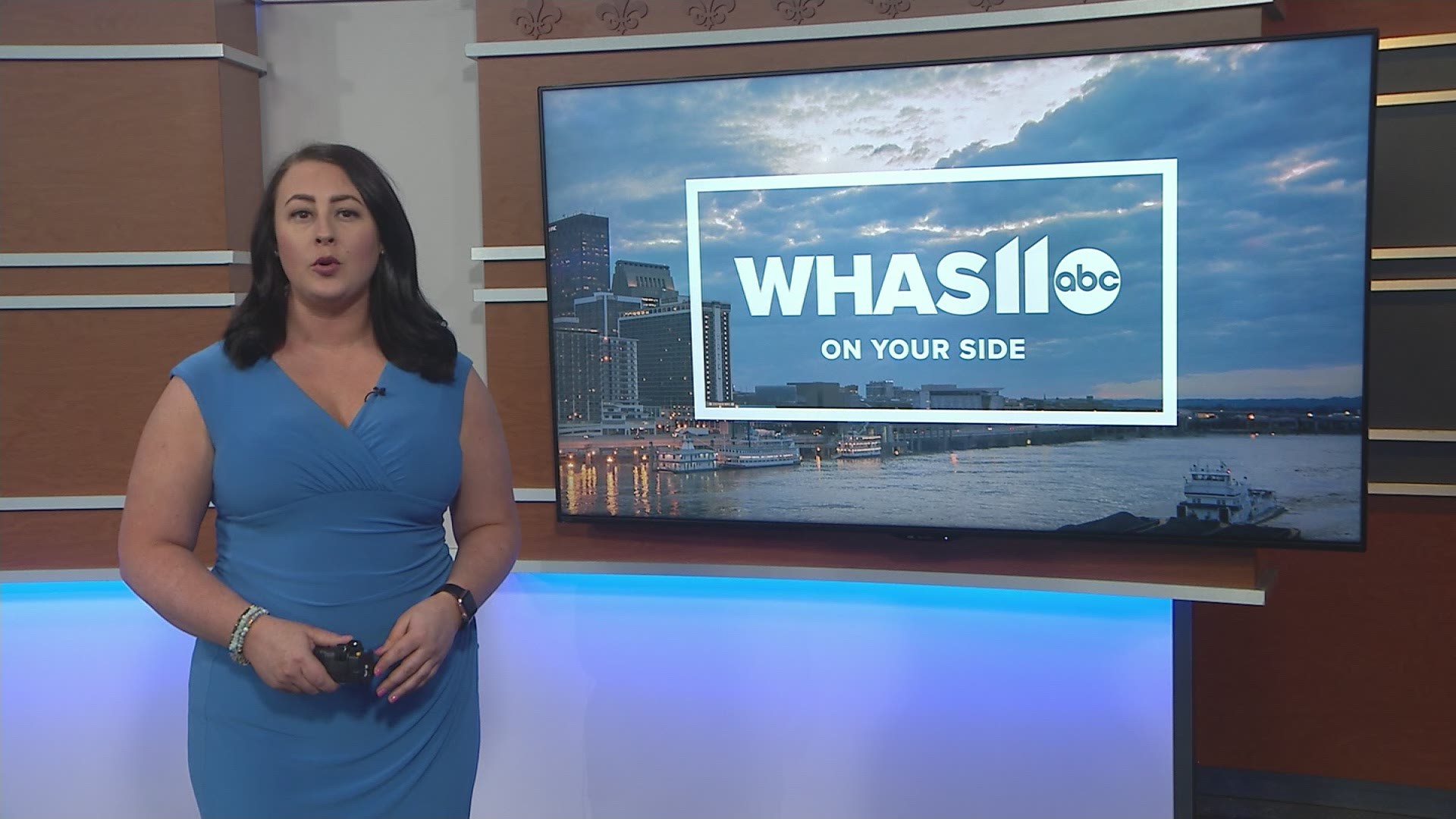LOUISVILLE, Ky. — Lawyers are now zeroing in on a possible cause of the Clark County plane crash that claimed three lives, including beloved Louisville FC founder Wayne Estopinal, last year.
According to Thomas Ellis, an attorney from the Nolan Law Group in Chicago, lawyers are gathering information on the winglets that were installed on Estopinal’s plane in May 2018. The plane crashed into a wooded area in Memphis, IN shortly after take-off on November 30, 2018, killing all three people on board. Ellis says that the group is looking into the winglets as a possible cause or contribution to the crash.
The winglets were installed by Tamarack, an Idaho company, and Estopinal was one of the company’s first customers. Ellis also said the group is looking into Textron Aviation, the company that performed repairs on the plane just ten days before the crash.
Winglets are intended to make planes more fuel efficient and are commonly used on commercial vehicles. However, there are different varieties that have unique features. The winglets installed on Estopinal’s plane were ATLAS Active Winglets, created by Tamarack. The active surfaces of the winglets move up and down to alleviate certain loads on the wing and are controlled by innovative, autonomous technology. The winglets are not integrated into the flight management system, meaning that the pilot cannot control them.
Ellis believes that this technology may have performed incorrectly during that November flight, causing the plane to roll abruptly at an extreme angle. The Tamarack website says that occurrences of the winglets malfunctioning are very rare, but the company does not deny that it can happen.
Reed Yadon, pilot and WHAS11 meteorologist, says that this event is being scrutinized by the aviation community.
"It's one of the topics that's being talked about a lot...especially in the corporate aviation community because these winglets are being installed on a number of Citation jets. So it is one of the current hot topics," he said.
Thomas Ellis says that it is unclear what specific role these winglets – or the repairs made to them in November – played in the crash, but he believes that they are involved. In a statement, he called for the FAA to follow the lead of the European Union Aviation Safety Agency, or EASA, who ordered a deactivation of active winglets until they are properly evaluated.
"The active load alleviation system (ATLAS), when operational, deflects the Tamarack active control surfaces (TACS) on the outboard wings. Recently, occurrences have been reported in which ATLAS appears to have malfunctioned, causing upset events where, in some cases, the pilots had difficulty to recover the aeroplane to safe flight," a report released by the EASA on April 19 said.
The report also said that the condition could lead to a loss of control of the plane and that an investigation is ongoing to discover the cause of the malfunction.
The NTSB has not released an official cause for the crash. The preliminary report was released on December 14, 2018.
You can read Thomas Ellis’ full statement below:
"Along with Nolan Law Group, other counsel for the families of the victims have long suspected that the ATLAS Active Winglets played a causative role in this crash. At this time, we don't know if these active winglets are the sole cause or a contributing cause, or the exact mechanism of the failure. However, the evidence known to date strongly implicates they played some role. We believe the FAA should follow the lead of the EASA and act immediately in the interest of safety to order the deactivation of these active winglets until proper and adequate evaluations of the failure modes of these products can be made. Failure to take action after the Lion Air Boeing 737 MAX crash led to the Ethiopia Airlines crash. We must take every reasonable action to prevent a repeat in this instance."
The FAA released this statement:
"The FAA is aware of EASA’s action and currently is evaluating whether safety actions may be necessary."
PREVIOUS COVERAGE:
- Fans honor late Louisville City FC founder with banner
- Report: Still no cause for Indiana plane crash that killed three
- Cockpit voice recorder located in Indiana plane crash wreckage
- Wayne Estopinal's lasting hometown legacy after tragic plane crash
- Victims killed in small plane crash in Clark County identified
---
Contact reporter Shay McAlister at smcalister@whas11.com. Follow her on Twitter (@WHAS11Shay) and Facebook.

